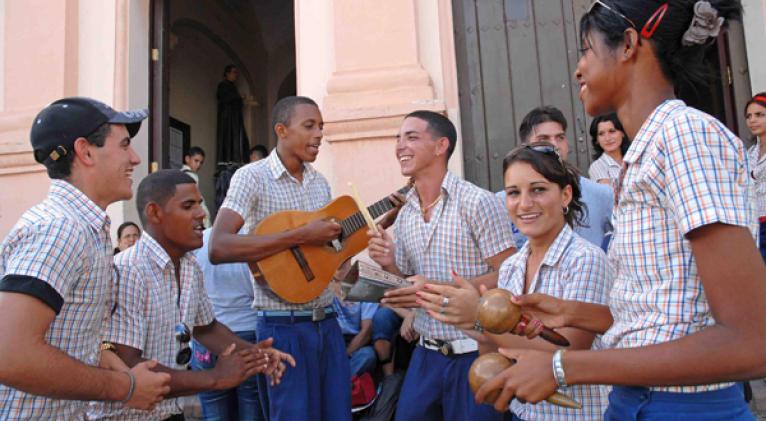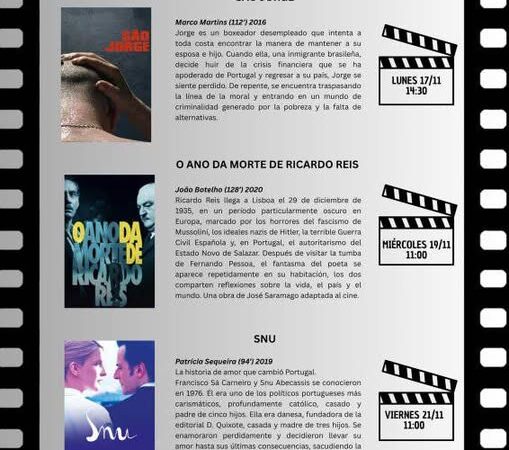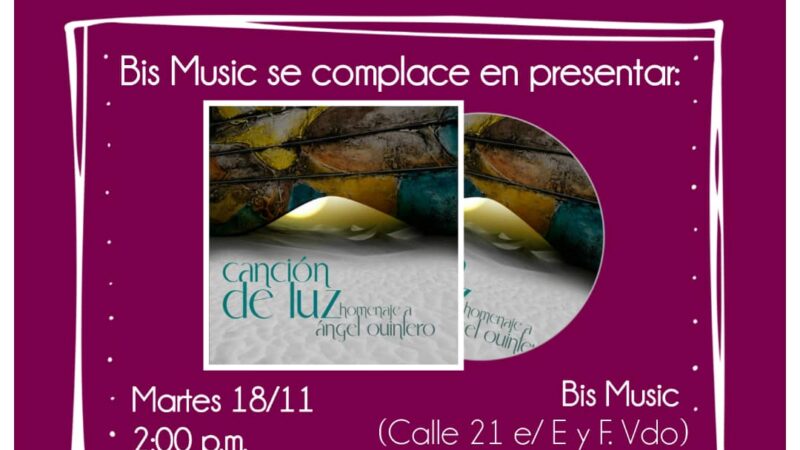Art Instructors and the Enrichment of the Human Spirit

It is neither rare nor anecdotal. Art, as a vehicle for expressing the deepest corners of the human spirit, has stirred emotions, shaped expressions, and influenced ways of doing things for generations. Since April 14, 1961, when Cuba’s first National School of Art Instructors was inaugurated, the exploration of this artistic dimension in people’s education has been an incentive to the power of art in personal and collective development.
Following the Cuban Revolution on January 1, 1959, amid the sweeping transformations in the country, the promotion of artistic education and cultural dissemination found a crucial ally in the work of these professionals. Over the years, this essence has adapted to artistic promotion in communities, perhaps within a different context, but always maintaining its original purpose: to elevate the human spirit through art.
This mission, both honorable and essential, found one of its most emblematic moments in the commemoration of the birth of Olga Alonso González, an outstanding student and cultural promoter whose untimely passing, though deeply lamentable, did not erase the legacy of her initiatives and contributions.
Art instructors not only nurture new talent but also cultivate other creative potentials through a diverse range of workshops. As journalist Norma Ferrás Pérez states:
«An art instructor must not only possess a solid technical and artistic foundation but also a strong vocation for social work. They must inspire action, encourage, stimulate, and guide interests and passions. They foster dialogue among people, strengthening their sense of belonging and cultural identity—both local and national—thus contributing to their spiritual enrichment and overall quality of life.»
She adds:
«They stimulate, promote, and educate the public’s aesthetic sensibility, cultivate audiences, and, in doing so, not only encourage active participation in cultural processes but also work toward the identification, preservation, and promotion of intangible cultural heritage and traditional popular culture, respecting local identities and the diversity of creative expressions.»
Despite the invaluable impact of their work, art instructors have not always received the recognition they deserve. Journalist and communicator Belkis Curbelo reflects:
«Without the work of art instructors, Cuba would not be the nation it is today—one that strives to learn more, guided by a cultivated sensitivity rooted in the early years of the Revolution. Back then, the need for a society with a broad cultural foundation, based on knowledge and appreciation of the arts, was declared essential—an indispensable tool for analyzing, interpreting, enjoying, and living with profound freedom.»
She continues:
«This dream, realized and sustained for all these years, owes its existence to the altruism of art instructors and their invaluable contribution to Cuban culture. On Art Instructor’s Day, the best tribute to their dedication, sensitivity, and commitment is to embody their spirit within ourselves.»
This day serves not only as a celebration but also as a token of gratitude to these professionals who work at the grassroots level, countering insensitivity and crudeness by weaving art and culture into the fabric of communities. Through their efforts, they shape individuals of character, foster a sense of belonging, and promote a vision of fulfillment deeply rooted in cultural integration and daily life.
Translated by Luis E. Amador Dominguez
Photo: Cuba Sí



